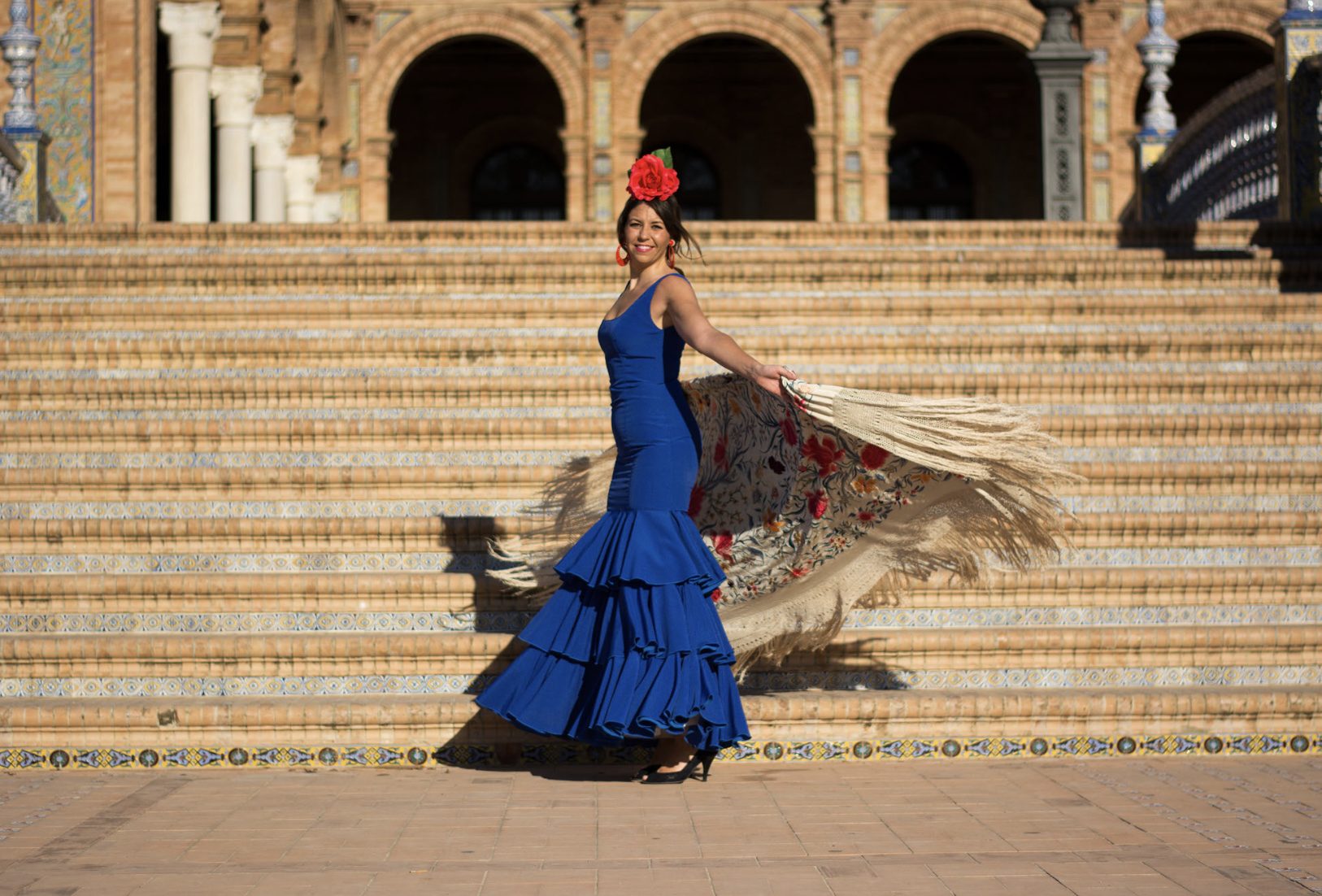
Best Things To Do In Seville: The Ultimate Guide
Let’s take a look at the best things to do in Seville
Triana district
Triana – the cradle of flamenco- is a neighborhood on the west bank of the Guadalquivir River in Seville, southern Spain.
This used to be a sailors’ neighborhood across the river from the city center. Today, there are modern buildings and stores, but Triana keeps the original flavor of old Seville.
Why visit Triana
Triana is known for its potters, bullfighters, and flamenco dancers. The Triana district has a food market (Mercado de Triana) that sells fruits, vegetables, seafood, and spices. There is also a statue of a flamenco dancer in the Triana district. The Triana market is a must while you’re in Triana—stop inside for all the jamón, olives, and cheese you could want.
Best things to do in Seville’s Triana district
The Triana market
The Triana market is a perfect stop for fresh produce, meats, and other everyday items.
Iglesia de Santa Ana
Cathedral of Triana was the first church built in the then-new area in 1266. St. Anne’s Church is famous for its rich altar decor and picturesque bell tower.
The Lonja de Barranco
The Lonja de Barranco used to be a trading exchange for fishermen but now houses a modern market with the finest delicacies. You can try them here in a cozy cafe while admiring views of the river.
The Centro Cerámica Triana
The Centro Cerámica Triana is a thematic museum shows area’s past as a significant ceramics producer. Also, Triana is home to the Centro Temático de la Tolerancia.
Calle Betis
Via Betis stretches along the Guadalquivir River. This is where you’ll find the best views of Seville from its many terraces. The street becomes especially busy during the Velá de Santa Ana festival (end of July and during the April)
Where to eat in Triana
Las Golondrinas
A must-visit place for everyone who wants to taste real, local tapas. This old authentic bar at Antillano Campos, 26, has absorbed the whole flavor of the area. The second one is the same, newer, located on Pagés del Corro, 76.
Blanca Paloma – Another popular spot with a tempting menu of snacks. Visitors to this restaurant especially praise cod in all kinds of serving options and specialty cutlets.
María Trifulca
Undoubtedly, the best restaurant with a panorama is located on Betis street. It opened in 2016 and occupied the last Seville maritime station building. Four floors, several terraces and summer verandas on the street – an excellent choice for guests who want to dine and admire the magical local landscapes.
Santa Cruz district (Barrio de Santa Cruz)
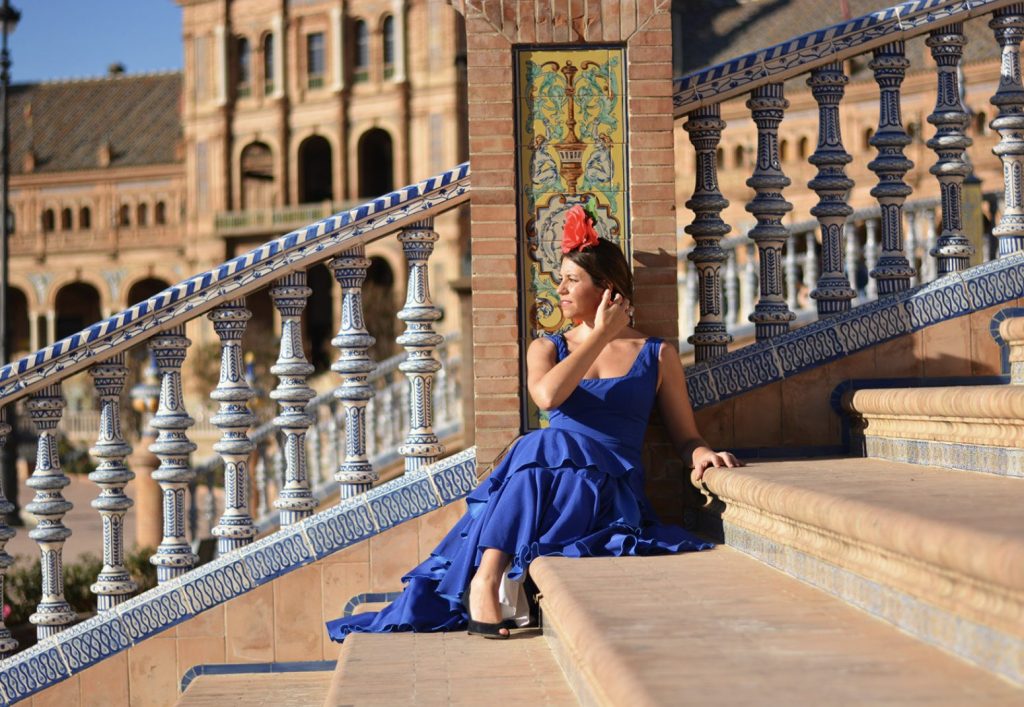
Santa Cruz quarter in Seville is one of the city’s most atmospheric and memorable places. This is where you can feel the true spirit of Andalusia and get a glimpse into the city’s rich history.
The Santa Cruz quarter was once the city’s Jewish quarter and was home to a large community of Jews.
At the end of the 15th century, the Jews were expelled from Spain. The former synagogue was converted into the Church of St. Bartholomew. Today, Santa Cruz is a lively and vibrant quarter with a strong sense of identity. The narrow streets are lined with colorful houses, old churches, and beautiful squares and gardens.
Visit Santa Cruz district (Barrio de Santa Cruz)
Santa Cruz quarter in Seville is one of the city’s most atmospheric and memorable places. This is where you can feel the true spirit of Andalusia and get a glimpse into the city’s rich history.
The Santa Cruz quarter was once the city’s Jewish quarter and was home to a large community of Jews.
At the end of the 15th century, the Jews were expelled from Spain. The former synagogue was converted into the Church of St. Bartholomew.
Today, Santa Cruz is a lively and vibrant quarter with a strong sense of identity. The narrow streets are lined with colorful houses, old churches, and beautiful squares and gardens.
What to see in Santa Cruz Seville
The House of Pilate
The House of Pilate, built in the 1520s by the first Marquis of Tarifa, Factory de Ribera, is an intriguing mix of Gothic architecture and Renaissance and Moorish styles. The story goes that the marquis made a pilgrimage to Jerusalem in 1521 and was struck by the Jerusalem villa. The villa belonged to the Roman procurator of Judea, and he decided to bring the appearance of his own palace closer to it when he returned home. As a result, the courtyard was named Pilate’s House.
Today the palace houses the residence of the Dukes of Medinaceli.
Open daily 9- 7:30
Catedral de Sevilla
Santa Cruz used to be the district of the Christians in Seville. The Cathedral (Catedral de Santa Cruz) with La Giralda is located. The Santa Cruz cathedral was rebuilt from a mosque erected in the XII century by the Almohads, and of which only the minaret of La Giralda has survived. Now it is a bell tower. The orange yard comes close to it. The entrance to the orange yard lies through Puerta del Perdón – the Gate of absolution built much later. Santa Cruz is also home to other notable monuments of temple architecture, such as the Alcazar and Casa de Pilatos.
If you are interested in Spanish history and architecture, this Seville sight is a must-visit.
Calle de las Sierpes
Calle de las Sierpes is one of the most symbolic streets in Seville.
Serpent Street is one of those places that seems to have a life of its own. It’s the beating heart of Seville, a place where the city’s rich history intersects with its vibrant present.
Cervantes
The street gets its name from its many literary references, most notably in the works of Cervantes. Basically, that’s where many of Cervantes’ short stories take place.
But Serpent Street is not just a place where you can see the areas from Cervantes’ short stories.
It’s a place where you can’t help but feel the city’s pulse, where Seville’s energy and excitement come alive. Whether browsing the shops, enjoying a coffee at one of the many cafes, or simply people-watching, Serpent Street is an excellent stop in the Santa Cruz district. Today, Calle de Sierpes is a lively commercial area with shopping and restaurants.
Plaza Santa Cruz
The Plaza got its name from Santa Cruz square. On the east side of the cathedral and the Alcazar are posh hotels interspersed with old courtyards and alleys immersed in greenery.
This quarter was formerly Jewish (La Judería). Plaza Santa Cruz is a great place to relax and enjoy the sights and sounds of Seville.
Los Venerables Square
Los Venerables Square is home to the Hospital de Los Venerables. The artist Juan de Valdes Leal painted the building, and the surrounding area is full of taverns, cafes, and terraces. You can chill and eat tapas over tapas at Restaurante Hosteria del Laurel-Saber y Sabor. This is where the ”Don Juan Tenorio” scene took place in Jose Zorrilla’s set!
Hospital de Los Venerables
Hospital de Los Venerables is located in Barrio Santa Cruz, in a pretty square with orange trees. The secluded patio features a central fountain surrounded by arches and columns.
Hospital de Los Venerables was once a charitable hospital for the clergy but is now a small museum displaying paintings by Spanish artists, including Velazquez. The 17th-century Hospital was built to care for the elderly, impoverished, and infirm priests. The chapel is also worth a visit, where you can admire the colorful frescoes adorn its walls from floor to ceiling. Hospital de Los Venerables is now an art gallery, notably about Velazquez.
City Hall
Seville city hall (Ayuntamiento) is located between the Plaza Nueva and Plaza de San Francisco. Seville city hall is one of the oldest buildings of civil architecture.
Doña Elvira Square
Doña Elvira Square is the beating heart of Seville- an emblematic quarter of romance and vibrant nightlife. No wonder Plaza Doña Elvira is associated with numerous adventures of Don Juan.
Doña Elvira Square is the most romantic place in Santa Cruz. It is entirely planted with orange trees and azulejos tiles decor.
The Church of Santa Maria la Blanca
The Church of Santa Maria la Blanca- stands on the site of an old synagogue. The church(1391), restored in the 17th century, and features the Moorish style.
Modern Art Museum’s building is between Miguel Manyara and Santo Tomas streets.
Mateos Gago street
Mateos Gago street- is the best walking street in Seville. Signature orange trees and countless cozy cafes, bars, and shops- the best place to end a long day of sightseeing in Seville!
Archives of India building
Archives of India building – originally(XVI century )used to house a commodity exchange, Archivo de Indias preserves documents about the Spanish colonization of the Americas.
Alcazar Palace
Alcazar Palace – the Almohads created this stunning palace. Pedro the Cruel built a royal residence on its territory in 1364. The royal family uses the top floor for living to this day.
Cultural Center of the Seville Cultural Foundation
Previously, it was a shelter for retired priests. Then a hospital. Now it’s a Cultural Center.
Maria Luisa Park
Parque de Maria Luisa A buggy ride is a most pleasant way to see the lush Parque de Maria Luisa and the Plaza de Espana. The plaza is an enormous semicircle with a channel for boating and an arcaded palace that is surrounded by 50 colorful tiled benches, each representing a province of Spain. Did you know that they filmed some ”Lawrence of Arabia” scenes in Maria Luisa park?!
It’s close to everything!
Thanks to the Park’s close proximity to some Of Seville’s most popular attractions, lots of tourists and locals visit it. Nevertheless, it managed to preserve its status as a peaceful place where locals can come to relax and escape the hustle and bustle of city life. Undoubtedly, this is one of the most relaxing things to do in Seville.
Take a buggy ride to see all the sights of the park and get some cool relief from the heat!
Flamenco show
Seville is one of the hottest flamenco spots. There are many ways to discover flamenco and its music in Seville. Street performers often gather near the cathedral and local bars and organize spontaneous performances. However, to see an auhentic traditional performance, you should visit a tablao. These small establishments offer chamber performances where the audience is close to the dancers and musicians playing the guitars.
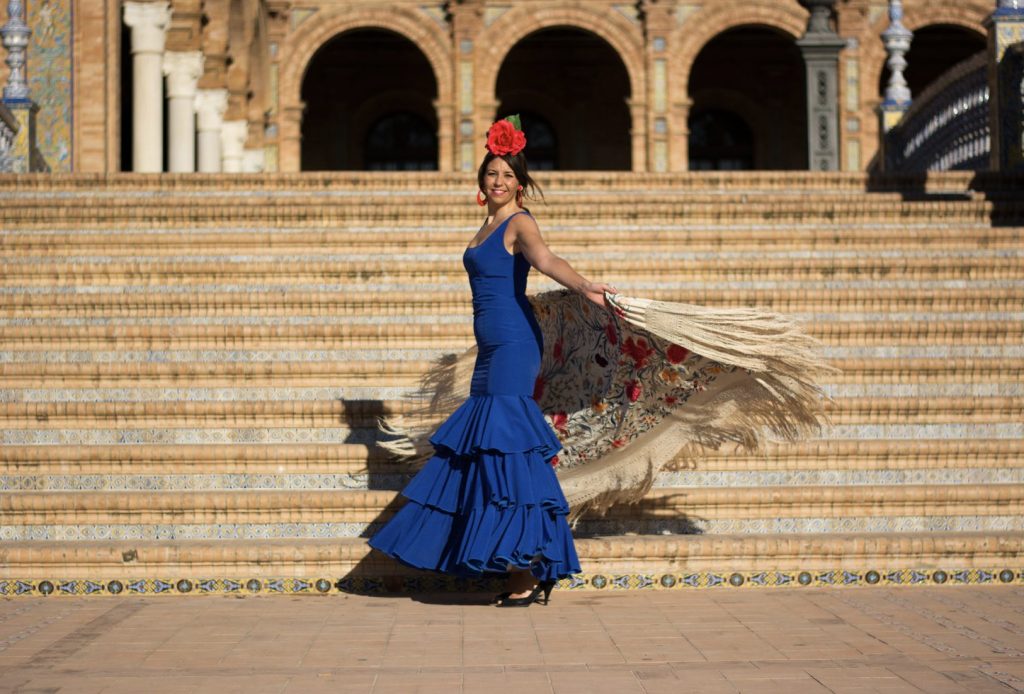
Some of the best places to watch flamenco in Seville:
- La Carbonería
- Casa de La Memoria
- Casa del Flamenco
Traveling with children or just want to learn more about flamenco? Head to the Flamenco Dance Museum (Museo del Baile)
There you can watch a performance, learn more about the history of flamenco and even attend workshops. Discovering flamenco in Seville is an unforgettable experience.
Metropol Parasol
Metropol Parasol is a modern complex designed by the German architect Jurgen Mayer. The complex got its unofficial name – Seville Mushrooms – from its unique structure that resembles giant mushrooms. Metropol Parasol’s curved roof is one of the most beautiful sunsets in Seville.
Be sure to get there early to avoid the elevator queue. Even if you missed the sunset, you could still enjoy the breathtaking view of the city at night. The building also houses a museum, a café, and a food market. Metropol Parasol is definitely a must-see when you’re in Seville!
La Cartuja Island
La Cartuja Island has a long and storied history. Once home to a monastery, the island was later the site of a fair in 1992. Today, many of the pavilions from the fair have been converted to other uses, and a theme park remains. The Santa Maria de las Cuevas Monastery (1399,) is the only permanent resident on the island.
Believe it or not, Columbus, King Philip II, and Santa Teresa de Jesus visited the monastery over the centuries. Today, the monastery has been restored and is a popular tourist destination.
Highlights of the complex :
the 15th-century Moorish-style church with a rose window framed in exuberant Seville ceramics
the chapel of Santa Ana, where Columbus was buried for 30 years
Columbus now rests in the Seville cathedral. La Cartuja Island is a unique destination that is full of history and a great things to see when in Seville!
Getting around in Seville
Transport in Seville is plentiful and diverse, making it easy to get around the city no matter your preferred method of transportation.
What to eat in Seville
In Seville, tapas are more than just a snack that comes with your drinks order. They’re a culinary institution in their own right. You’ll find them on most restaurant menus alongside media raciones and raciones (larger portions of the same dish).
One of the best things about tapas in Seville is that you can order them anytime, day or night. Tapas are always there whether you’re looking for a quick bite to eat before going out on the town or something to soak up the booze after a night of hard drinking. And unlike other Spanish cities where tapas are free, in Seville you’ll actually have to pay for them. This might sound like a downside, but it’s actually preferable as it means you’ll get higher-quality tapas. So next time you’re in Seville, sample some of the delicious tapas on offer!
Where to find the best tapas in Seville
Suppose you’re looking for a traditional tapas experience in Seville. In that case, your first stop should be one of the city’s many tapas bars. But in recent years, a new breed of gastrobars has begun to proliferate, offering a modern twist on Andalusian tapas culture. These gastrobars fuse traditional recipes with innovative ideas, creating an exciting and unique tapas experience. Whether you’re looking for the classic or the modern, Seville has plenty to offer regarding tapas. So why not sample a few of each and decide for yourself which is better?
Bus
The TUSSAM bus network operates buses throughout the city, while the Consorcio de Transportes de Sevilla provides suburban bus service.
Metro
The Seville Metro is a light metro network serving the city and metropolitan area. It’s completely independent of any other rail or street traffic. All stations were built on the principle of “closed type stations”, when the boarding platform itself has protective sliding screen doors that open opposite the doors of the stopped train. This eliminates the possibility of people getting in the way.
Bicycle
Sevici, a bike-sharing system, has integrated bikes into Seville’s public transport network.
You can rent bicycles in Seville and there are green bike paths on most major streets. Whether you prefer to travel by bus, train, or bike, transport in Seville is easy to come by.
When is the best time to visit Seville?
The best time to visit Seville is in the spring or fall. The summers can be scorching, with temperatures reaching up to 50 degrees Celsius in the sun. There is no sea nearby to bring any breeze!
Seville comes alive during Semana Santa (Holy Week) and the April Fair (Feria de Abril), both fairs take place in April.
Fall is a great time to visit Seville. However, February is also an excellent time to visit when you can see ripe citrus fruits falling from the trees. Keep in mind that you can’t eat the citrus fruits in Seville- they are only for marmalade making!
How to get to Seville
You can get to Seville from Madrid or Barcelona and nearby Malaga.
Getting to Seville from Madrid:
Travel to Seville from Madrid by train from Puerta de Atocha station on the AVE high-speed train (20 trips per day) – 2.5 hours, about 80€ per ticket.
By plane:
- From Recoletos station, train C1 to Aeropuerto T4 station (every 30 min.) – 25 min.
- From Madrid airport to Seville Airport – 1 hour, 30€ – 190€ per ticket.
- From Seville Airport you can take bus Ea.
Getting to Seville from Malaga:
You can get to Seville from Malaga by train from Malaga station (every 4 hours) – 1 hour 55 minutes, 30€ – 45€ per ticket.
By bus from the Malaga stop (1 time per day) – 2 hours 45 minutes, 17 € – 26 € per ticket.
Getting to Seville from Barcelona:
You can get to Seville from Barcelona by train from Barcelona Sants station (14 times a day) – 3 hours 50 minutes, 38 € – 55 € for a ticket.
Also, you can get to Seville by direct bus from Barcelona (4 times a day), the journey takes about 9 hours, the ticket costs 42 euros. Need more detailed information on how to get to Seville? Check out the websites of various companies that provide these services.
Where is Seville located?
Seville is an ancient city located in the Andalusia region of southern Spain. Visitors to Seville will find plenty of things to see and do, from exploring the city’s ancient Moorish architecture to watching a traditional flamenco performance.
How many days should you spend in Seville?
Seville is a small town, but with so many things to do, you need at least two days to see the main landmarks! That’s why you should plan on spending two to three days in Seville.
Whether you’re interested in Andalusia or want to enjoy some of Spain’s best food and wine, Seville is definitely worth visiting. There are plenty of things to do in Seville for the most seasoned travelers!

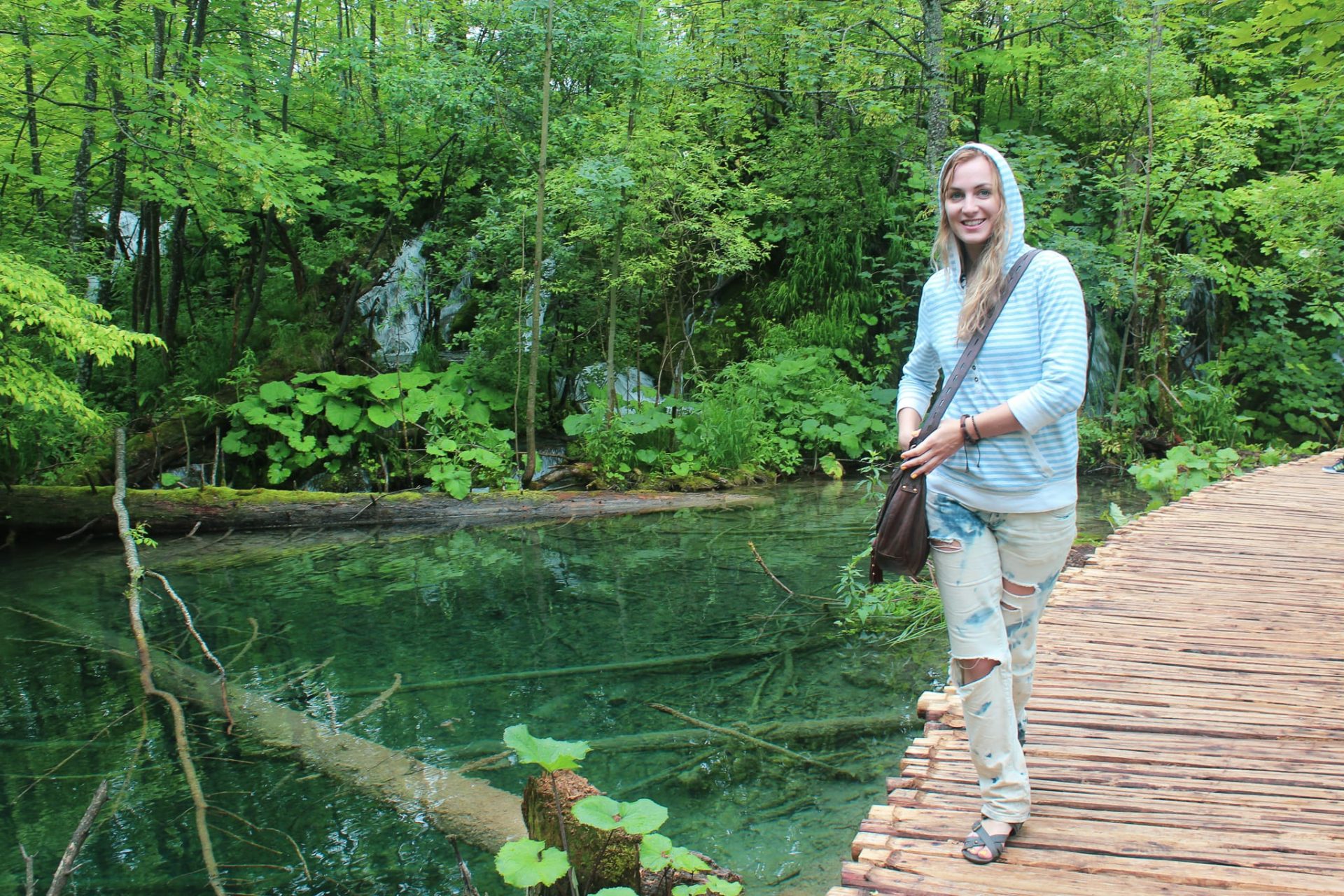
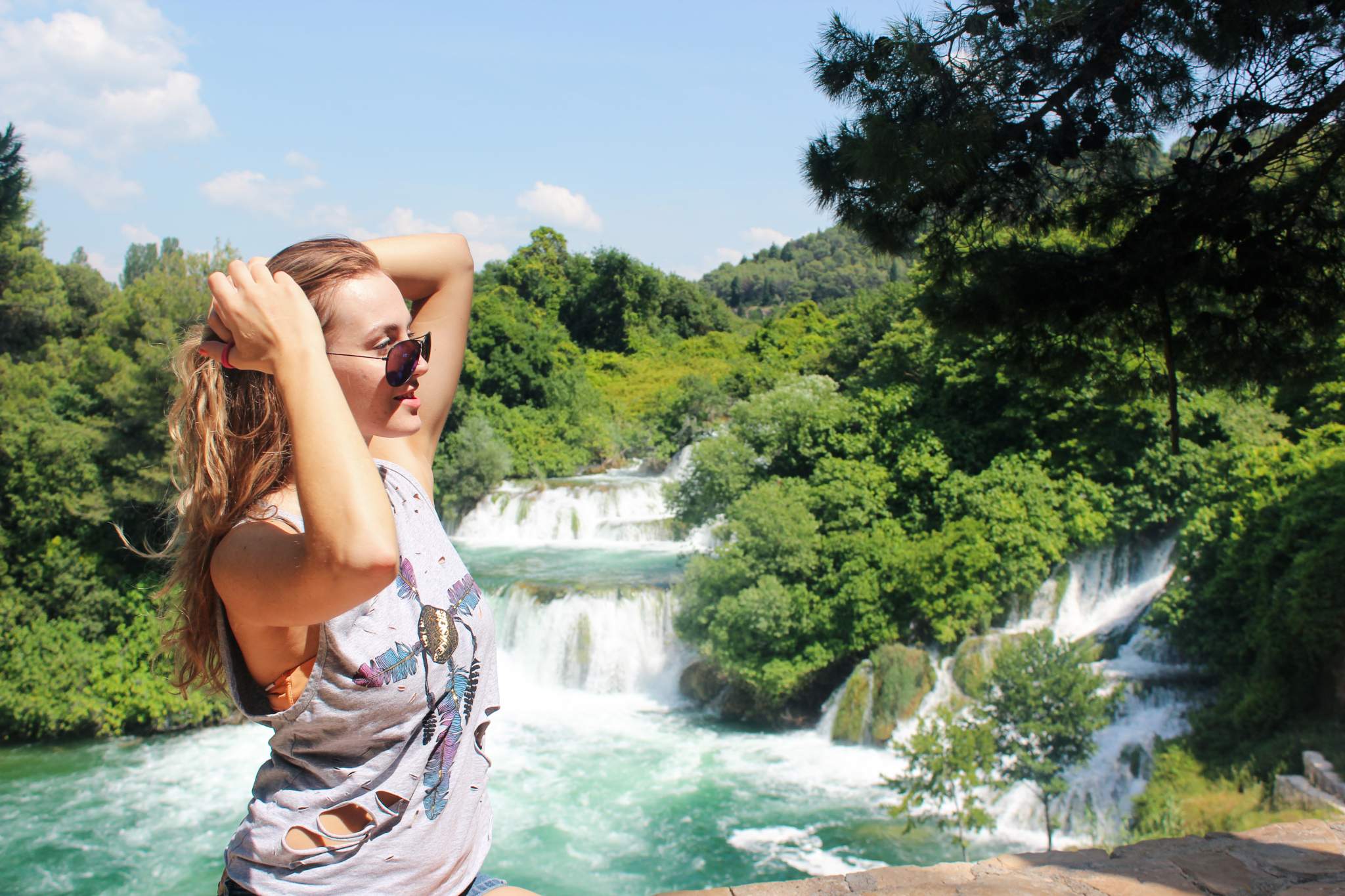
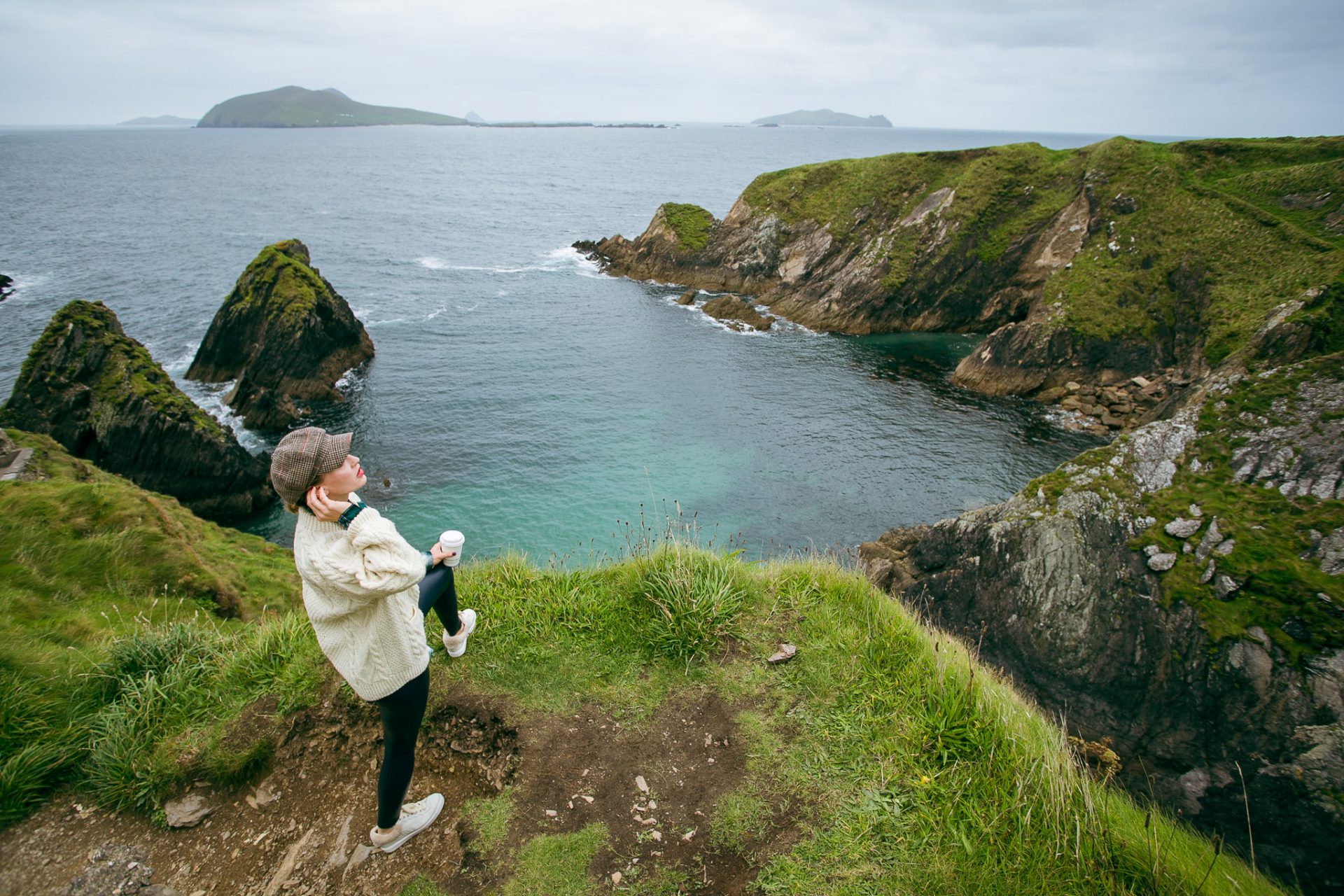
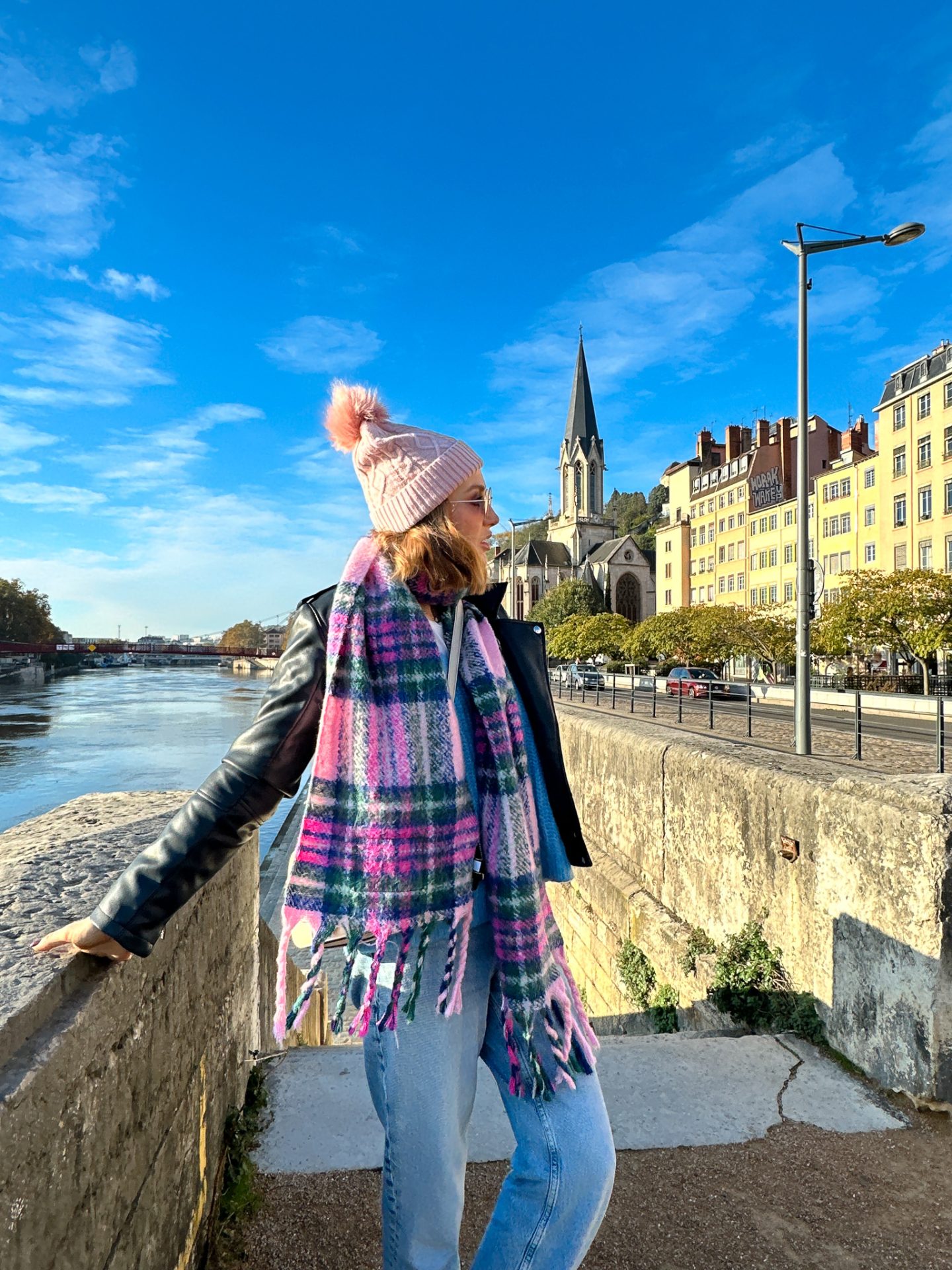
Leave a Reply